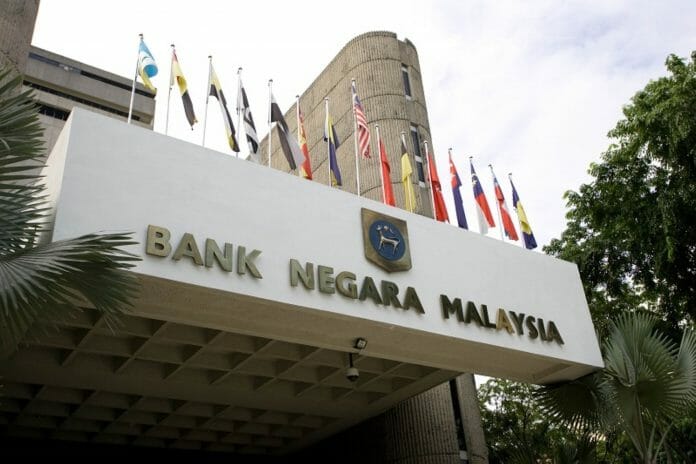Bank Negara Malaysia’s banking sector statistics for February indicated continued robustness in the system – loan growth accelerated to 5.2% year-on-year (January: 4.9%) with a rebound in financing demand recorded.
“Despite the current uncertain market environment, we believe the banks have sufficient levers in place to support earnings and dividend growth, hence, we reiterate our optimism on the sector,” said RHB Research in the recent Malaysia Sector Update Report.
System loans added 5.2% year-on-year (month-on-month: +0.4%) in February, with auto loans (+8% year-on-year, flat month-on-month) and residential mortgages (7% year-on-year, flat month-on-month) contributing the most to year-on-year growth.
Loans growth to both households (+6% year-on-year, flat month-on-month) and non-households (+4% year-on-year, +1% month-on-month) stayed robust generally, although there was a year-on-year drop in mining and quarrying loans (-23% year-on-year, +2% month-on-month).
Overall, with Bank Negara Malaysia expecting economic activity to remain firm throughout the year, RHB reiterates their 2023 system loans growth forecast of c.5% year-on-year.
System loan applications in February stood at MYR110 billion (+29% month-on-month, +34 year-on-year) – thanks to the higher applications from households (+30% year-on-year, +24% month-on-month) and non-households (+40% year-on-year, +38% month-on-month).
This is despite the uptick in the average lending rate to 5.13% at end-February vs 5.05% at end-January (end-Feb 2022: 3.48%). Other lending indicators remained solid too, with approvals and disbursements up 49% and 19% year-on-year (month-on-month: +27% and -8%).
System deposits continued its strong momentum, adding 7.5% year-on-year (month-on-month: +1.7%) in February. Month-on-month growth was balanced between Current Account Savings Account (CASA) and fixed deposits, though year-on-year, CASA deposits were flattish while fixed deposits grew 7%. The CASA ratio remained at 40.5%, down from 42% in the previous year. Moving forward, banks have guided for CASA attrition to continue with the normalisation of interest rates.
System gross impairment loans recorded a 2% month-on-month rise (year-on-year: +10%) mainly due to residential mortgages (+4% month-on-month, +17% year-on-year) and personal loans (+7% month-on-month, +15% year-on-year).
The household gross impairment loans ratio increased slightly to 1.28% at end-February from 1.23% the month before (Feb 2022: 1.16%) whereas business gross impairment loans ratio was flat month-on-month and year-on-year at 2.46%.
“We are not overly concerned by the rise in household gross impairment loans, as Bank Negara Malaysia’s insights suggest households’ debt-servicing capability remains healthy. System loan life coverage ratio of 95.8% at end-February (January: 97.4%, Feb 2022: 108.0%) is also sufficient for now, in our view,” said RHB.
The banking system stayed liquid and well capitalised, with a loan-to-deposit ratio of 84.5% and common equity tier 1 ratio of 14.8% – implying ample room for growth within the banking system. Small medium enterprise loans charted a 4.2% growth year-on-year in January (flat month-on-month), with most of the growth delivered by the wholesale and retail (+10% year-on-year, flat month-on-month) and finance (+5% year-on-year, flat month-on-month) sectors. Small medium enterprise gross impairment loans ratio of 3.0% (Jan 2022: 2.5%, Dec 2022: 2.9%) was a tad higher than overall business gross impairment loans ratio.









